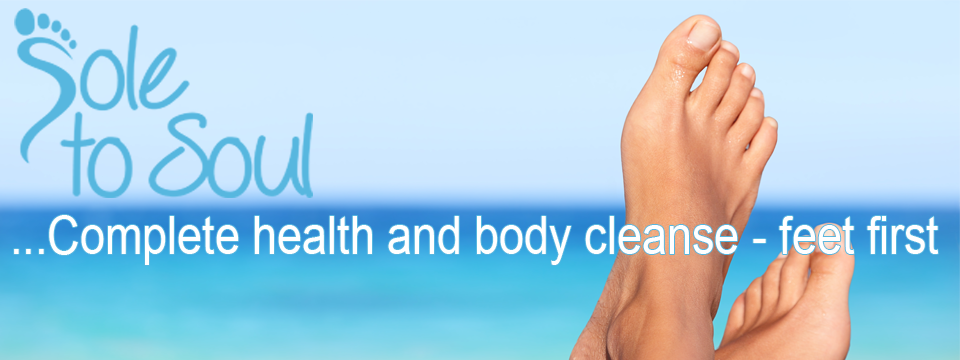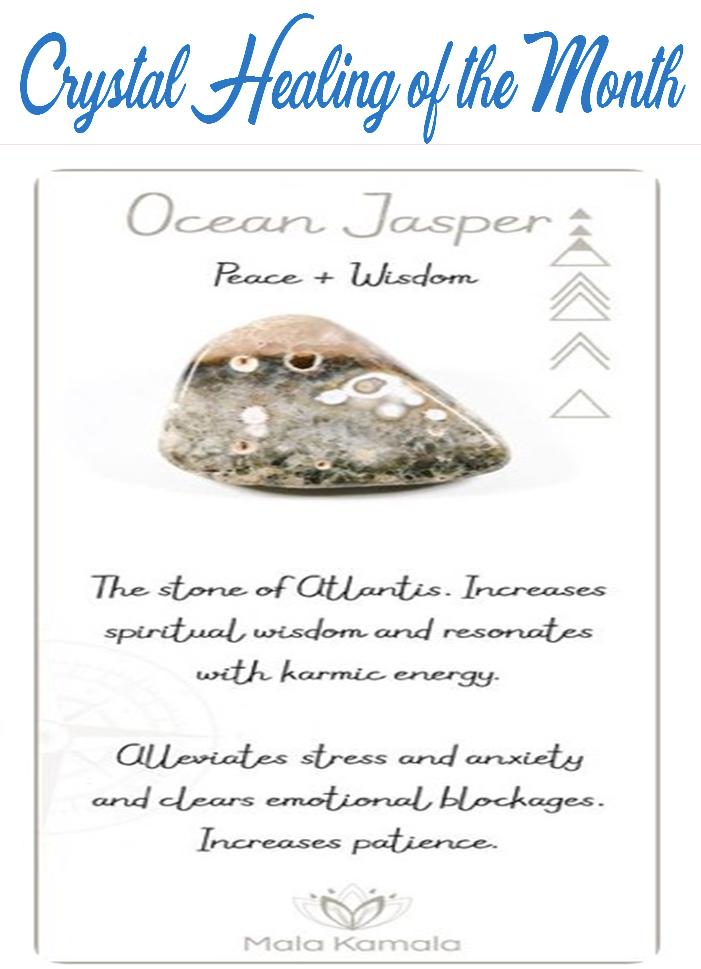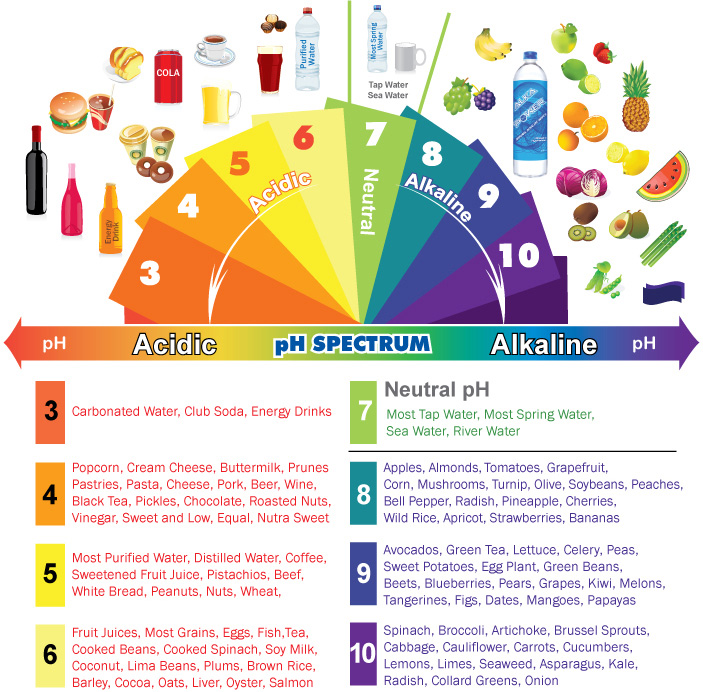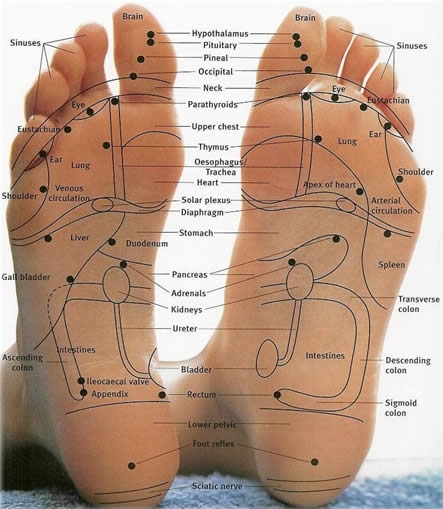What is Reiki?:
Reiki comes from two Japanese words which translate to “universal life force.” This universal life force is an energy found within all things — people, animals, plants, rocks, trees… even the earth itself. Someone trained in the use of Reiki channels that life force, allowing the recipient to receive the healing energy.
Eastern Methods, Western Medicine:
This healing modality came to us from Japan, but Western medicine is finally beginning to recognize its benefits.Major medical centers, including the hospital at Ohio State University, are now discovering the value of integrative healing — in other words, traditional Eastern healing methods are used to complement modern medicine.
Symbols and Spirit Guides:
Part of Reiki treatment includes the use of sacred symbols. In some traditions, these are kept secret from anyone who is not initiated into the system. In other paths, some symbols have been made public by way of books and the Internet. In addition to the symbols, however, a Reiki practitioner may call upon spirit guides, ascended masters, or angels, depending on their spiritual path.
Reiki in itself is not a religion, and people from many different faiths practice it.
Healing Energy:
In Reiki, healing takes place on an emotional, spiritual, and physical level. The practitioner focuses on the recipient’s chakra systems. Sometimes these imbalances are due to physical ailments — a headache, a stomach virus, etc. Other times, it may be related to some sort of emotional or spiritual issue that the person hasn’t resolved yet — relationship issues, problems at work, anger at a parent or spouse.
By transferring Reiki energy into the recipient, the practitioner can help the individual heal through whichever issues are at hand.
Benefits of Reiki:
Reiki can be used to treat a number of ailments, both physical and emotional. According to its founder, Dr. Mikao Usui, just a few of the many benefits of Reiki are:
Treat emotional wounds from earlier in life
Provide calming energy to someone who may be overwhelmed by stress
Purify food or drink by blessing them with Reiki energy
Use in tandem with conventional health practices and medicine
Improve or amplify spiritual awareness
Relieve pain caused by disease or injury
Provide therapeutic relief for someone who may be grieving a loss
Most people who wish to become practitioners of Reiki attend classes. Although a lot can be learned from books, there is much to be said for the hands-on approach of in-person instruction. Not only that, there are “attunements”, which are basically Reiki initiations, which one can only receive from a Reiki master, and not out of the pages of a book or on a website. Once you have found a prospective teacher, be sure to ask about the individual’s credentials, and how long they have been working with Reiki.
Among Reiki practitioners, there are basically two camps: traditional, and non-traditional, and the definitions vary significantly, depending on who you ask. Some feel that anyone who has strayed from the original teachings set forth by Dr. Usui, founder of the Usui system, is considered non-traditional.
What Reiki is not:
A religion — if you study Reiki, you will not be asked to worship a particular deity, nor will you be asked to give up your present religion. Reiki can work in tandem with your spirituality, but does not replace it.
A substitute for medical care from a physician — if someone has a medical condition that requires treatment, they need to see a doctor. A Reiki practitioner can help with pain management and emotional healing, but should never make a diagnosis.
Massage therapy — someone looking for therapeutic massage should see a licensed massage therapist.












